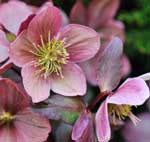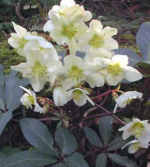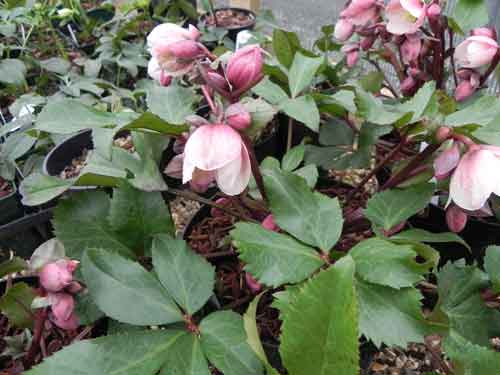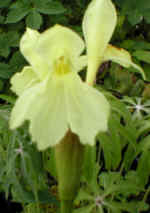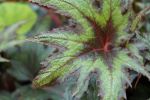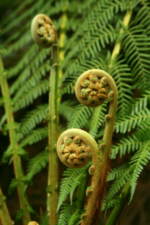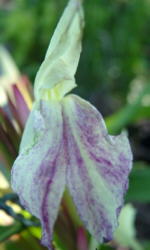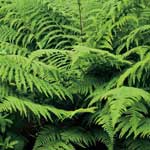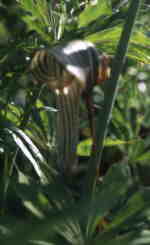| ||
| ||
|
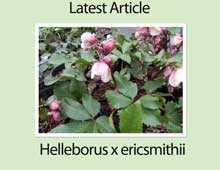
Best Selling Plants
Roscoea cautleyoides 'Kew Beauty' AGM
By division. A more robust and bigger plant with larger yellow flowers than the species.
find out more
Begonia palmata DJHM 13008
A lovely bordeline hardy Begonia collected by Dan Hinkley in Myanmar. With large well marked Mottled bronze palmate leaves and pink flowers in Summer.
find out more
Dicksonia antarctica AGM
The hardiest of the tree ferns. These are in 1 litre pots with the fern about 30 cm tall and will start forming trunks in a couple of years. If you have a sheltered moist spot such as a north east/west border beside a house, worth a trial.
find out more
Roscoea x beesiana AGM
Pretty yellow cream flowers streaked with purple. Vigorous and fully hardy. A hybrid between Roscoea auriculata and Roscoea cautleyoides. Deciduous. Prefers semi shade and a moist but well drained soil.
find out more
Athyrium filix-femina AGM
The native lady fern with lovely fine textured foliage. It was called the lady fern because it was the pretty, slender fern, as against the "rougher" male ferns. Tends to like a slightly more damp position than the male ferns. Deciduous.
find out more
Arisaema ciliatum var. liubaense CT369
Recently given a separate variety name after the village local to the campsite in Sichuan from where it was collected. Stoloniferous with a single leaf with up to 20 leaflets and a purple spathe striped white. An easy new form.
find out more

 |
